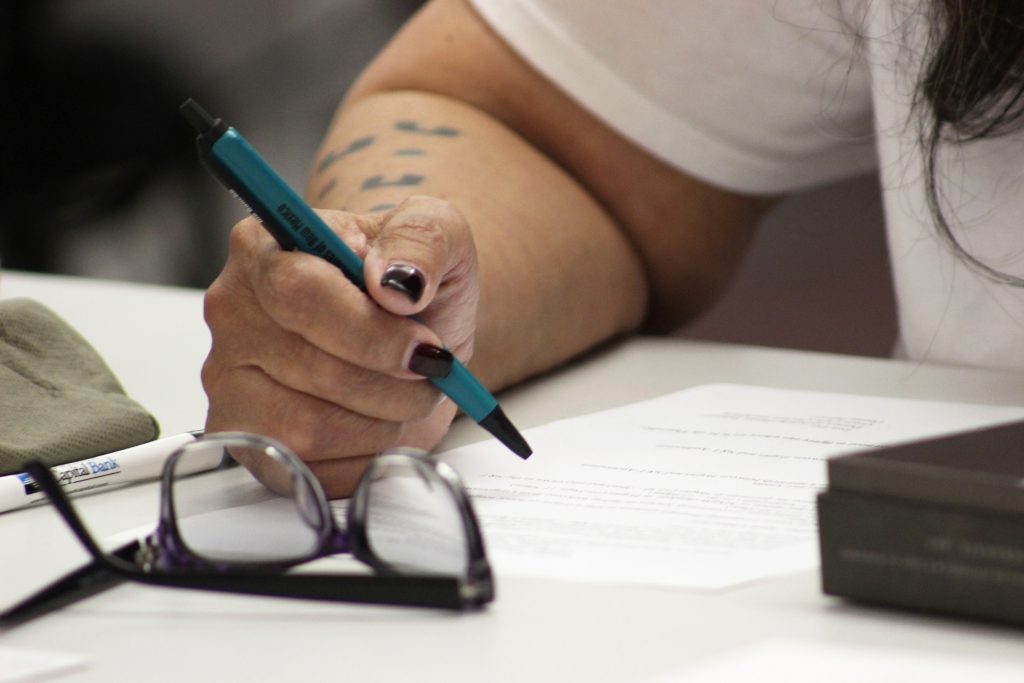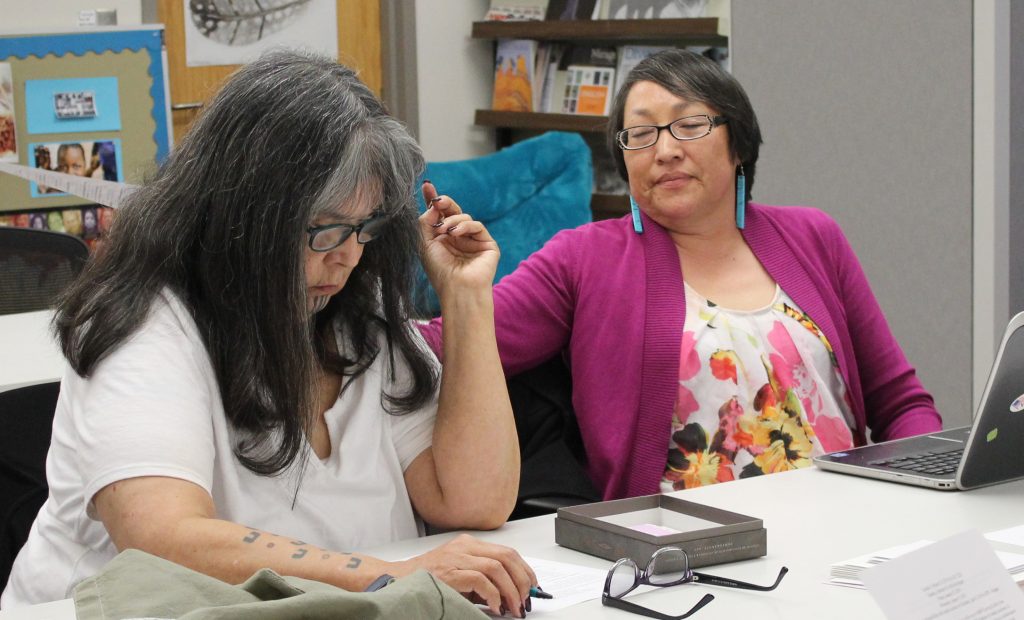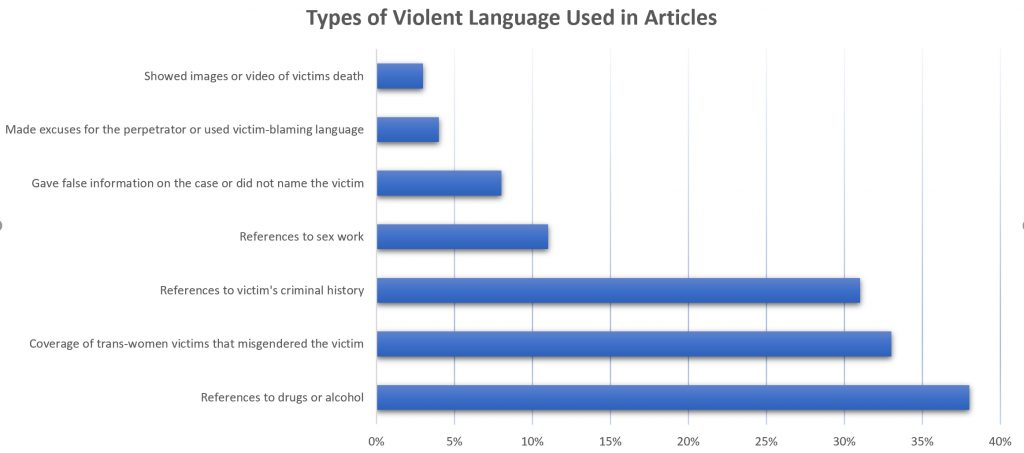New Mexico’s high number of missing and murdered indigenous women will be a topic of focus at an upcoming meeting featuring Annita Lucchesi, the executive director of Sovereign Bodies Institute.
This event will be held April 4 at the Southwestern Indian Polytechnic Institute (SIPI) in the Science and Technology building from 10:00 am to 2:00 pm.
Lucchesi has been working on a Missing and Murdered Indigenous Women (MMIW) database that keeps a record from 1900 to the present day. The database logs information about victims, perpetrators, violence, police, court response, and location.
Information and access to the database is on a request basis only. The information is not released “to non-Indigenous scholars, colonial governmental agencies, or the press,” according to the Sovereign Bodies Institute website.
“We are deeply committed to upholding the sacredness of the data,” the site reads, “and do not grant access to individuals or institutions who have not sufficiently demonstrated that they are able to work with and care for the data in a good way, consistent with Indigenous values.”

Susan Paulmer is an organizer of the event. She said the limited access to the database’s information is meant to respect affected parties because it affects her community members.
“There is this whole social element of generations of people who haven’t spoken until now,” she said. “The data impacted all of our families that when you start talking to an elder in the community… they remember there was a sister and she was gone, they had an auntie and she was gone.”
New Mexico has the highest number of Missing and Murdered Indigenous Women and Girls (MMIWG) according to a report by the Urban Indian Health Institute (UIHI), a division of the Seattle Indian Health Board .

Event Coordinator, Jodi Burshia from SIPI believes hosting events about MMIW will bring awareness, “especially here in an education setting, so people are aware of how big the epidemic really is,” she said.
UIHI identified 506 cases involving MMIWG across 71 cities. Albuquerque has the second highest number of cases at 37, Gallup, NM has the sixth highest number of cases at 25.
Law Enforcement Problems
UIHI attempted to survey 71 city police departments and one state police department. According to the report, “nearly two-thirds of all agencies surveyed either did not provide data or provided partial data with significant compromises.”
Six agencies never responded to a Freedom of Information Act request made by UIHI including Albuquerque.
“I believe there needs to be recognition of the severity of the issue of MMIW in our communities by law enforcement, and I believe law enforcement must be accountable for the ways in which it has not only disenfranchised indigenous communities but the ways in which they can better support communities in preventing violence against indigenous women,” said Reina Davis, of the University of New Mexico Women’s Resource Center— a co-sponsor of the round table discussion.
“I think this event really expands upon the work that indigenous communities and women are doing regarding MMIW and the ways in which we can come together as a community to support women and families,” Davis said.
Media Coverage Problems
The UIHI report on missing and murdered indigenous women and girls describe a lack of coverage from the media.
“Combined with the inaccessibility of law enforcement data, this lack of reporting leads the general public to have an inaccurate understanding of the issue, and over two-thirds of the cases that happen in urban areas are rendered invisible,” the report said.
According to UIHI’s report, the study analyzed 934 articles on MMIWG in the areas related to the study. Those articles covered only 129 cases of the 506 represented in the study.
A third of the media outlets surveyed used violent language in their reporting.

Davis described this event as an opportunity to network and build relationships in the community.
“I definitely think having this awareness, it’s being visible. It’s being visible in an academic setting. It’s creating community building,” Davis said.
Burshia would like this event to help educate future leaders and community members.
“We have opened [this event] up to educate the students primarily, and then we opened it up the community — so all the students that are coming through us are future policy makers, future lawyers, as they become more and more aware of these actual issues. They can be aware of what they can actually do,” she said.